Tarragon (Artemisiae Dracunculus) is from the Asteraceae family. It is a herbaceous perennial stem plant. It forms short underground stems - rhizomes, 1-2 cm thick, each stem is branched, upright or semi-upright and during flowering reaches a height of 2 m. Tarragon leaves are lanceolate-linear, green, light green and white- green and the flowers are gathered in in round clusters. They are small, white, colorless or yellowish. Tarragon seeds are tan or brown, egg-shaped, small, with a length of 0.6 mm, and they can be stored for 3-4 years.
Tarragon comes from Mongolia and southern Siberia. There tarragon is found wild, but it has less flavor. Fresh leaves and twigs of tarragon are appropriate for seasoning salads, entrees and sauces. Dried and fresh twigs are used in canneries for canning tomatoes, cucumbers, for making mustard and infusions. Some types are very suitable for seasoning soups and poultry dishes, fish and mushrooms.
Application of tarragon
Tarragon is one of the most popular herbs that has a unique and special flavor. Also known as Tharos, its Latin name is Artemisia Dracunculus L. It is one of the most important spices in European cuisine, being found in two types of plant - French and Russian tarragon. It is widely used in cooking and is ideal for the preparation of certain types of fish dishes and all dishes with eggs, especially omelets.
It is well suited for the preparation of jellied trotters and other salty food. Tarragon suits salads and rice dishes, where it enhances the taste of the cheese and meat. Tarragon can add flavor to stewed vegetables in butter. Tarragon is an excellent spice in Mediterranean cuisine, such as cooked pastas and noodles, even sauces acquire a pleasant flavor from it too.
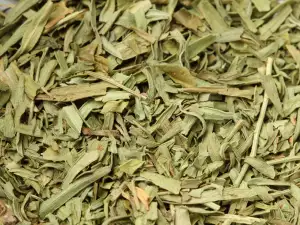
Composition of tarragon
Tarragon leaves are rich in vitamins and essential oils. They also contain calcium, magnesium, potassium, phosphorus and iron. The exact quantities are 0.80% Tarragon essential oil (60-75% estragole), flavonoids, glycosides, inulin, vitamins and more. In folk medicine, it is used as a diuretic. The essential oil is used in perfumery, as a spice and for seasoning liquor.
Planting and growing tarragon
It is important to know that this is a frost-hardy plant. Quality foliage yields are obtained only when optimum moisture and nutrients in the soil are provided, although temporary drought can be tolerated. Soil should be free from weeds. It is best developed on deep, structural and permeable soils. It is propagated by splitting the roots or shoots. Rhizomes are removed and split so that each have 2-3 buds.
Separated parts of Tarragon are planted about 30 cm apart, in rows, so that the buds are at the level of the soil surface. Later, between the rows of tarragon, form grooves for irrigation during the summer months. When planting larger areas of tarragon, it is preferable to use cuttings. To this end, in June or July aboveground stems are cut and cuttings of 10-15 cm long are made. They are placed in 5-6 cm deep furrows, the distance between furrows is 5-6 cm, and between cuttings - 4-5 cm
Good rooting of tarragon can be done in greenhouses, in order to maintain optimal humidity soil mixture, and air an temperature that does not exceed 18-20 degrees. Cuttings of tarragon in such conditions root in 10-15 days. From a bush tarragon aged 3-4 years, you can get about 50-60 straight shrubs that can be divided into 100 shoots.
The tarragon is dried in shaded and ventilated area.
Benefits of tarragon
It facilitates breathing, enhances sleep and normalizes the acidity of gastric juice. Tarragon leaves make an exciting and appetizing decoration for any meal.
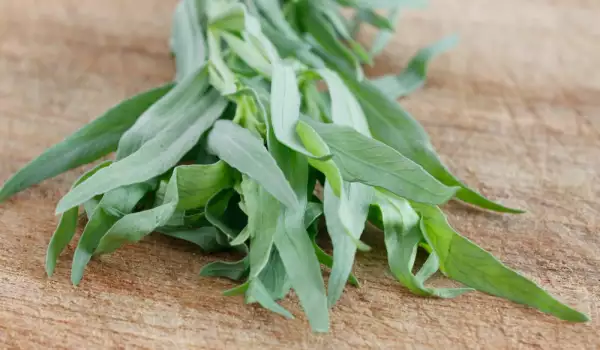
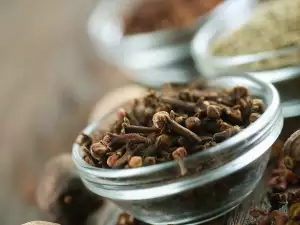
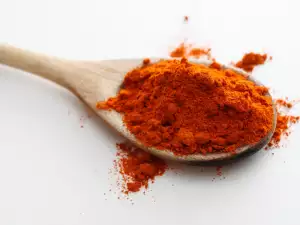
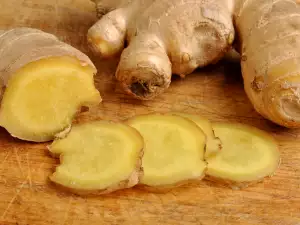
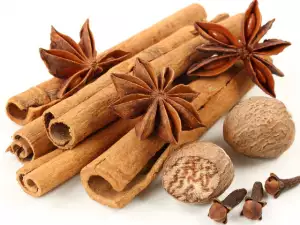
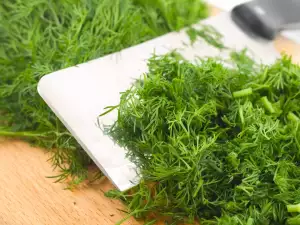
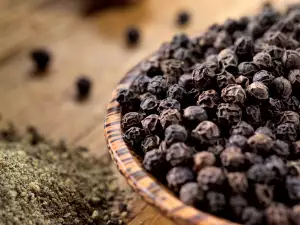


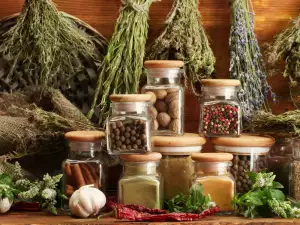

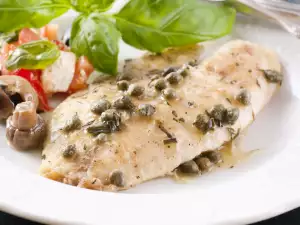
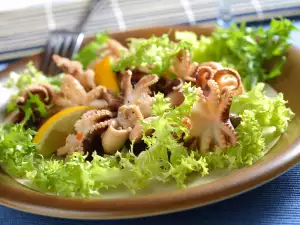
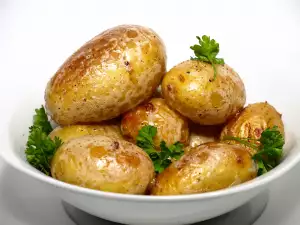




Comments